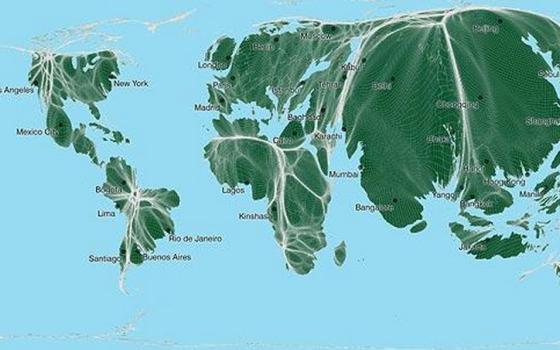Women in rural communities are arguably the most vulnerable adults on the planet. According to the United Nations, rural women fare worse in every single Millennium Development Goal indicator than rural men and urban-dwellers of either sex.
However, rural women are also integral to development in their communities, which is why, in 2007, the U.N. designated Oct. 15 as International Day of Rural Women. A recent U.N. report about rural women highlights their particular challenges and significance, including this data:
- Because of poor infrastructure, rural women spend more time on childcare and household tasks than their urban peers. According to U.N. data, rural women in Sub-Saharan African countries spend 40 billion hours year just on water collection.
- Educated women have higher wages and are less likely to experience violence, but educating women and girls is stigmatized in many rural communities. For example, in rural Cambodia, 48 percent of rural women are illiterate, compared to 14 percent of rural men.
- Rural communities are the most vulnerable to climate change, but women may be the key to safeguarding those same areas. The U.N. studies 90 countries, both developed and developing, and has found that countries with higher female parliamentary representation were more likely to protect land areas.
This map from the University of Sheffield in the U.K. shows what the world would look life if countries were drawn according to their population density.

